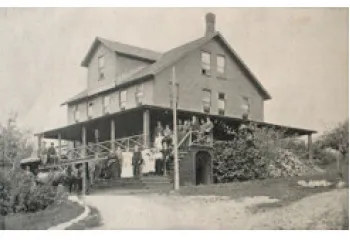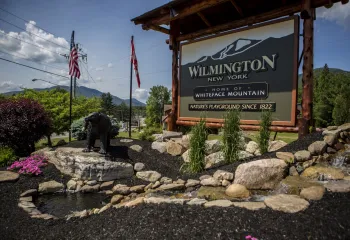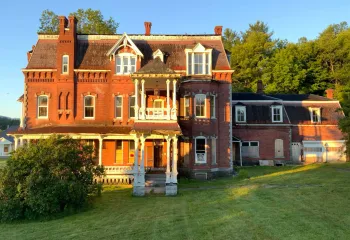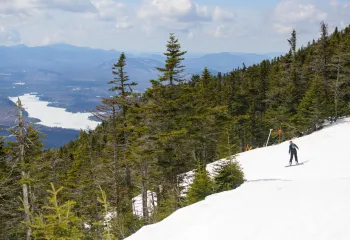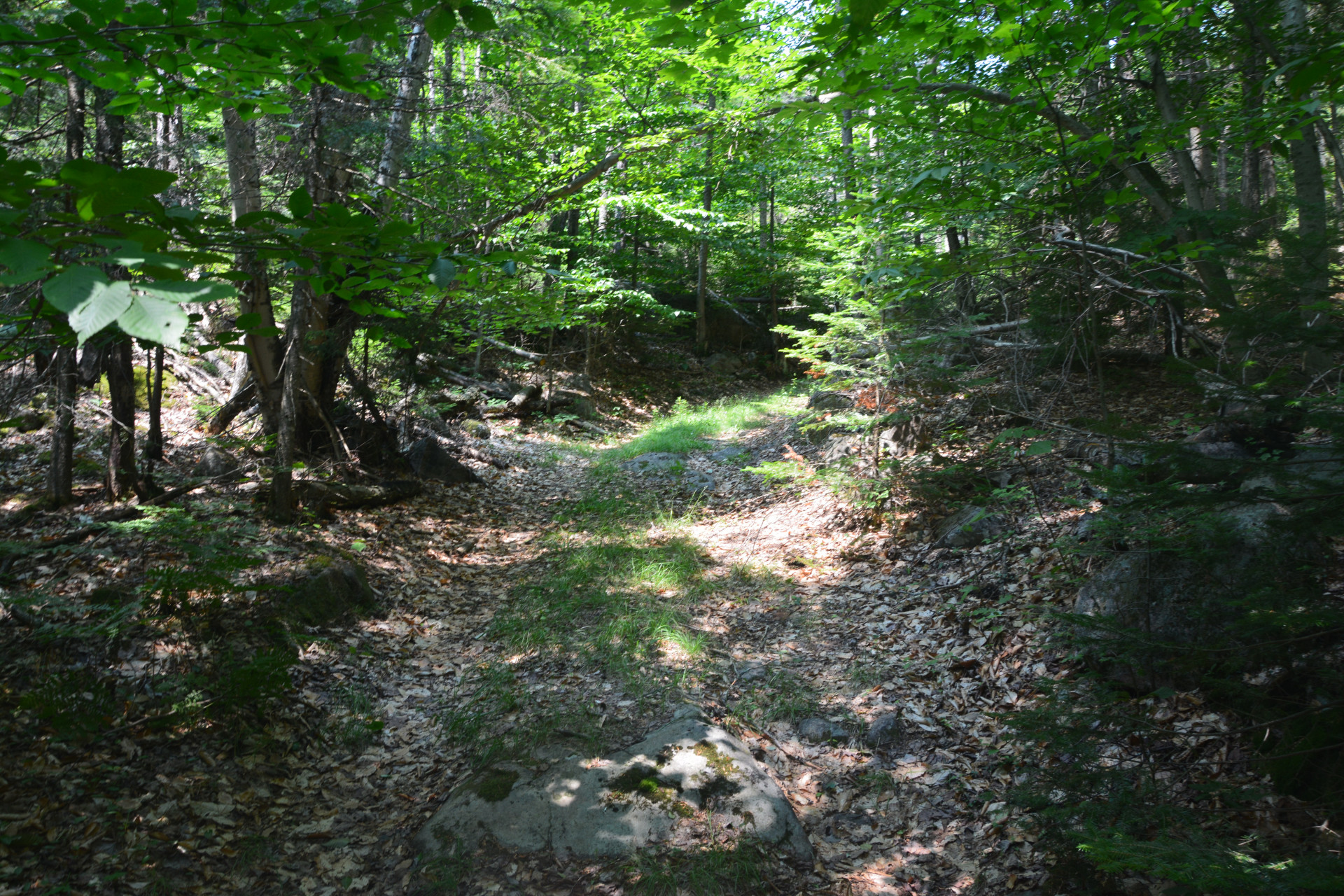
Silver Lake Mountains
The Silver Lake Mountains are of course named after the lake who originally held the name “Silver.” However, both can be seen named back for over a century, it’s the origin of the name that is interesting. When seen from many higher locations it does reflect a silver hue to its water giving it its precious metal like name. Taylor Pond also gives off a similar hue when seen from Silver Lake Mountains.
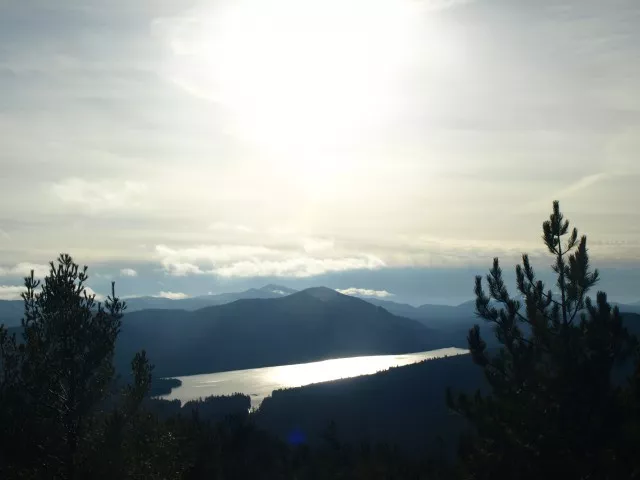
Noranale Mountain
Noranale is a very small peak at just over 1800’ in elevation and resides in the Taylor Pond Wild Forest. While its visits from hikers and outdoors enthusiasts remain very small it does have a bit of a view to the south. Now the name “Noranale” is not one you read about very often or see tossed around in the local paper, but it is a surname. This particular geographic point of interest was named after Nora O’Neill, a lady who lived at the base of the mountain.
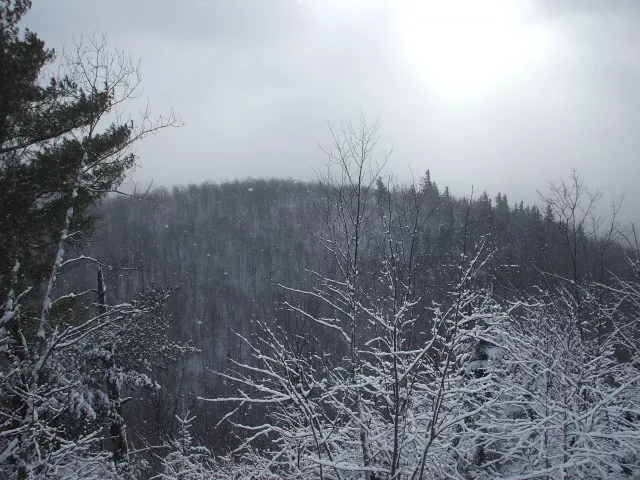
Now, looking at it on a map it makes you wonder where that could have possibly been, there are no roads at the base. Well, back in early 1900’s there was a road that ran right past the base of the mountain on the east side and came out near where Route 3 is today. This was a dirt road and today you would be hard pressed to locate much of it.
New Road Mountain
New Road Mountain is a new naming and according to a 1942 survey disk on the summit labeling the peak “Sugarbush” it goes by a couple names. While it’s not labeled or named on the 1913 USGS map it later is on the 1968 version; leaving, of course, its naming to happen in this time period and this is why.

Post 1932, after the reclassification of Route numbers by New York State a section of State Route 3 had to be rerouted to avoid a sinkhole which was causing serious problems to motorists. The reroute and current Route 3 as you can see passes close by the mountain giving it its current name. New Road meaning new section of Route 3.
Douglas Mountain
Douglas Mountain rests over the southern shoulder of Silver Lake, nestled between it and Taylor Pond. The naming of this peak took some time and with the help of a buddy John Sasso we may have narrowed it down. According to the 1909 catalogue "A Summer Paradise", it lists "Henry L. Douglass & Sons" as the proprietors of the Silver Lake Hotel until 1930’s. He had 4 sons and 3 daughters, one of whom was Moses who with his brothers built the Silver Lake Hotel in 1904. The Silver Lake Hotel was later named the Douglas Club.
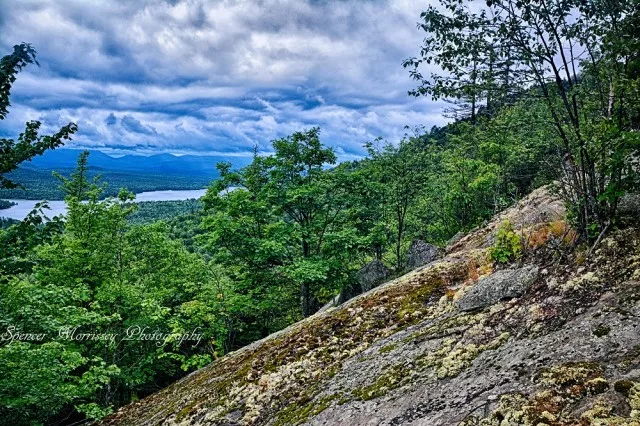
Most of the Douglass Family were well known in the region, one as a commissioner of highways and another a politician. Unsure of exactly which person in the Douglass Family the peak was named after it is safe to say that it was named after the Henry L Douglass family sometime between 1898 and 1953. During the process of naming the peak, the surname lost an “S.”
McKillip Mountain
There we many McKillip families in the region as part of a large Irish settlement around the middle to the end of the 19th Century. John McKillip owned a store in the region while a Hugh McKillip and Archibald McKillip leaved nearly. It is unclear which family it was named after but it is clear that it was this family. John McKillip later became the owner of Duncan Mountain which you will read about below, leading in the direction of John McKillip being the one for which the peak was named after. The purchase may very well have expanded his lands connecting McKillip Mountain and Duncan Mountain.
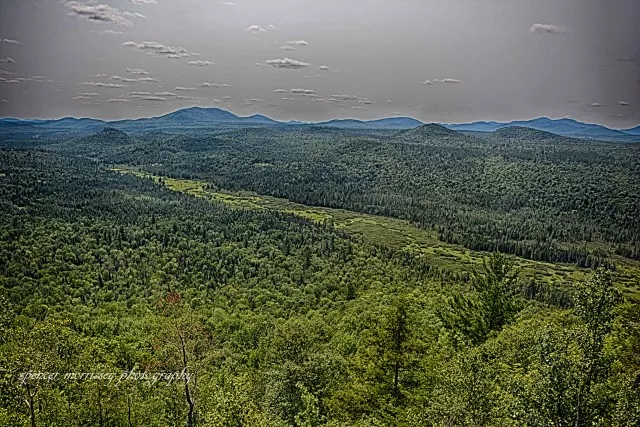
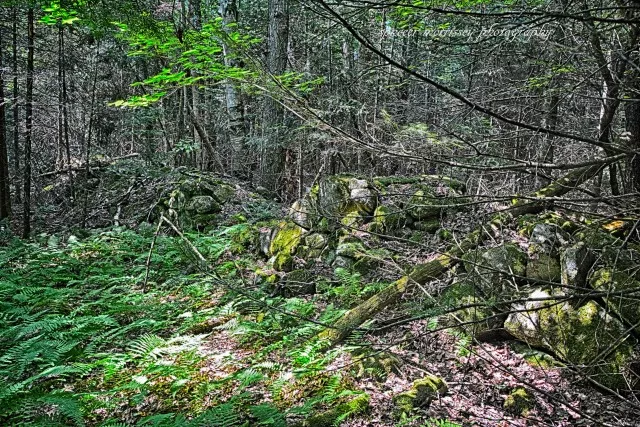
An old road on the south side of McKillip Mountain leads through the area and ends on a higher shelf on the SE side of the mountain, a nice flat area for a homestead. While no remnants of a homestead exist at this location a long rock wall still remains marking the western boundary of the road and the old property line.
Duncan Mountain
Duncan Mountain was named after John Duncan who was the landowner of the property in the 1850’s. The land was later sold to John McKillip, mentioned above. The two peaks reside very close to one another and are part of what was called the Alder Brook Mountains. An Alder of course is a shrubby tree that grows in wet areas and typically along Adirondack streams and rivers; also known as speckled alder.

I hope you have enjoyed this little look into the history of the Silver Lake Region. There will be more to come to cover many areas of the Adirondack Park. So, be sure to check out other counties for a bit more light reading.

